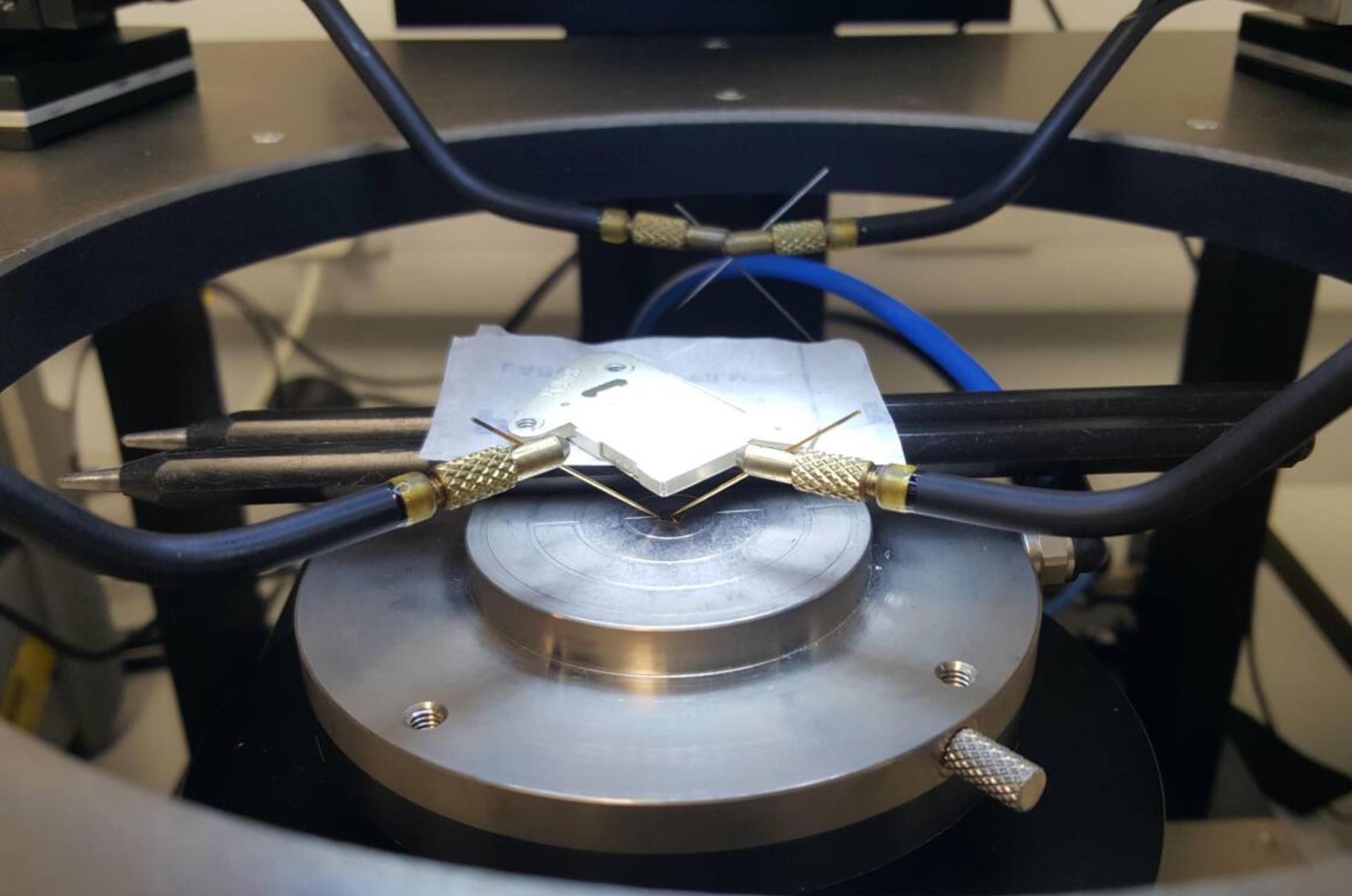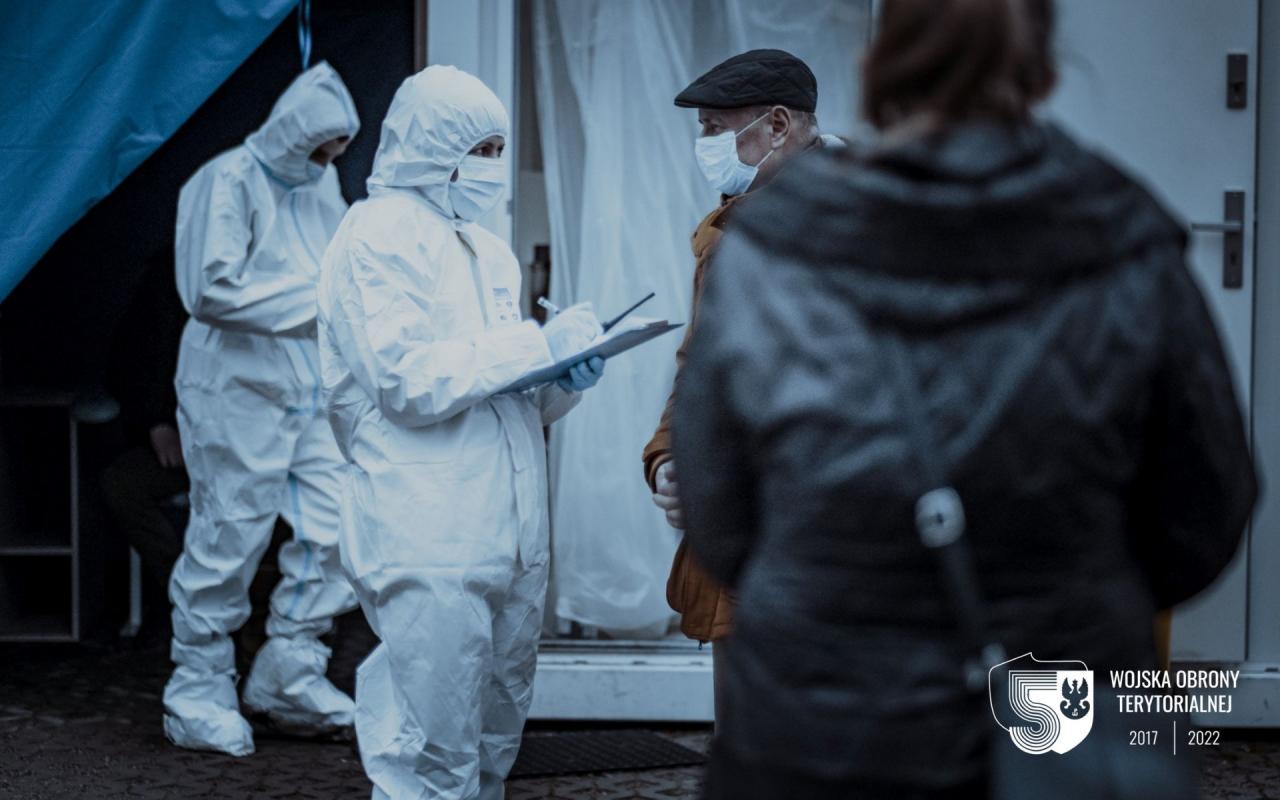A good example of the capabilities of the Euclid Telescope is that in the images of the Perseus Galaxy Cluster taken with it, scientists were able to find 1.5 trillion orphan stars scattered throughout the cluster that do not currently belong to any galaxy. Yes, 1.5 trillion, or 1500 billion. By comparison, our galaxy, which is 100,000 light-years in diameter, contains approximately 200-400 billion stars.
The Perseus cluster of galaxies is located 240 million light-years away. It is one of the most massive structures of this type in the universe. The group includes thousands of galaxies. However, Euclid was also able to detect excess radiation emitted by stars ejected in gravitational interactions from their host galaxies and traveling through the space between them.

Read also: The Euclid telescope appears for the first time. These photos are simply exceptional!
It is worth noting here that stars, as a rule, are formed only in galaxies. This is where you can find clouds of cold gas, the raw material for star production. It is unlikely that we will find the same clouds in the space between galaxies.
So, to determine the source of these “extra” stars, scientists analyzed their color, brightness and composition. In this way, it was possible to determine that most of these stars come from dwarf galaxies.
The analysis showed that most orphan stars are blue in color and belong to smaller and larger star clusters. Computer simulations suggest that they could have formed at the outer edges of cluster galaxies or in dwarf galaxies torn apart by other, more massive galaxies.
In both cases, stars accelerated by gravity left their host galaxies and were thrown into intergalactic space.
However, there were some surprises. Scientists assumed that stars torn apart in this way would eventually begin orbiting the largest and most massive galaxy in the cluster. However, the reality is different. Everything indicates that the stars revolve around a point located between the brightest galaxies in the cluster.
In such a situation, scientists face a new puzzle. Some researchers suggest that this result may mean that the Perseus cluster may have recently merged with another group of galaxies. Such a collision could have caused the galaxy’s most massive mass or stranded stars to be pushed out of their usual orbits and now moving in unusual ways. Additional observations of this area made with Euclid will certainly allow us to verify whether this is indeed the case.
Read also: Euclid does in a week what Hubble did in five years. The satellite images will be exceptional
It is worth noting here that Euclid, which entered orbit only 11 months ago, has only just begun its work. The fact that it can provide such fascinating information about the universe even during the first observations confirms that in the coming years it will be a source of fascinating, if not revolutionary, knowledge about the near and distant universe.
In the coming years, we can expect to study nearly a third of the night sky. The information gathered using Euclid will allow us to look at how the universe expanded and how the cosmic web formed over the eons in such an expanding universe. Perhaps the best praise for the new telescope is the fact that it is able to capture images of comparable quality to those taken by Hubble, but at the same time it depicts an area 175 times larger than the already legendary telescope.

Echo Richards embodies a personality that is a delightful contradiction: a humble musicaholic who never brags about her expansive knowledge of both classic and contemporary tunes. Infuriatingly modest, one would never know from a mere conversation how deeply entrenched she is in the world of music. This passion seamlessly translates into her problem-solving skills, with Echo often drawing inspiration from melodies and rhythms. A voracious reader, she dives deep into literature, using stories to influence her own hardcore writing. Her spirited advocacy for alcohol isn’t about mere indulgence, but about celebrating life’s poignant moments.










